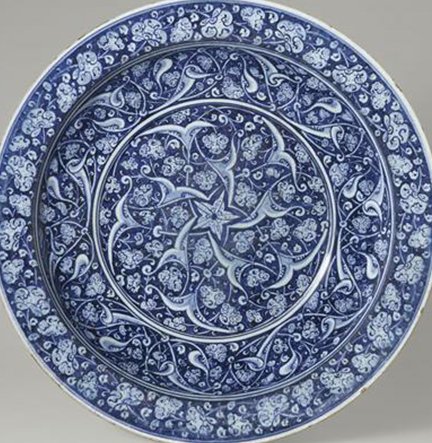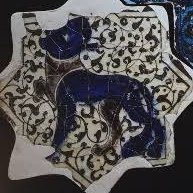TMI Trivia
(Yumi Tamura's BASARA manga)
Tamura-sensei explains that Shido's last thought "I hope that my death will be told to her gently" is actually a line spoken by the Gulf War soldiers before they went to war.
Source: BASARA Artbook 2
#田村由美
(Yumi Tamura's BASARA manga)
Tamura-sensei explains that Shido's last thought "I hope that my death will be told to her gently" is actually a line spoken by the Gulf War soldiers before they went to war.
Source: BASARA Artbook 2
#田村由美

(Contd)
Tamura-sensei doesn't elaborate where/when she heard about/watched that line (about the Gulf War soldiers). She thinks that no matter how a soldier's death was told, the family will still hurt the same. 😭😭😭😭😭 #BASARA #Manga #shojo #tmi
Source: BASARA Artbook 2
Tamura-sensei doesn't elaborate where/when she heard about/watched that line (about the Gulf War soldiers). She thinks that no matter how a soldier's death was told, the family will still hurt the same. 😭😭😭😭😭 #BASARA #Manga #shojo #tmi
Source: BASARA Artbook 2

*is told
• • •
Missing some Tweet in this thread? You can try to
force a refresh
























